By Elizabeth A. Topping, featuring images and artifacts from the the author’s collection.
Calisthenics were introduced to Americans by Europeans in the 1830s. Light, choreographed movements set to music exercised large muscle groups for men and women. The routines resembled dance steps, which appealed to the ideal of feminine beauty and grace. The exercises involved dumbbells, rings, and wands.
Uniforms were not necessarily required. Men and boys could simply remove their coats and exercise in shirts and trousers. Women and girls, whose everyday wear was restrictive, made a loose-fitting gymnastic costume imperative.
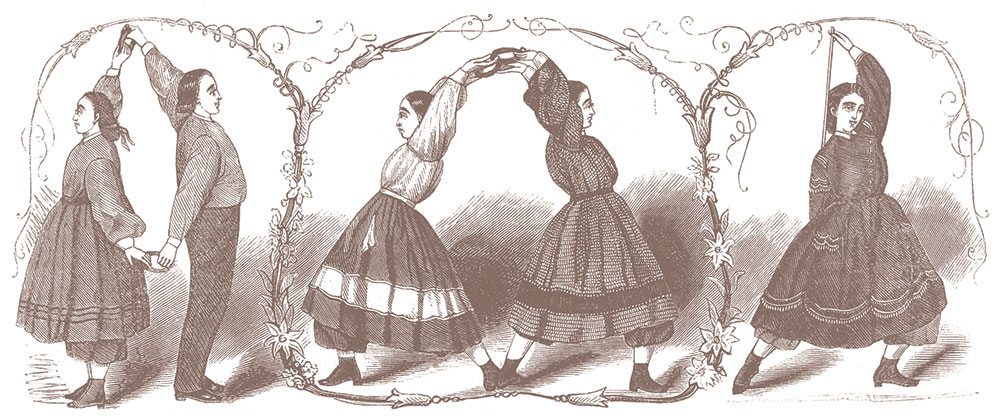
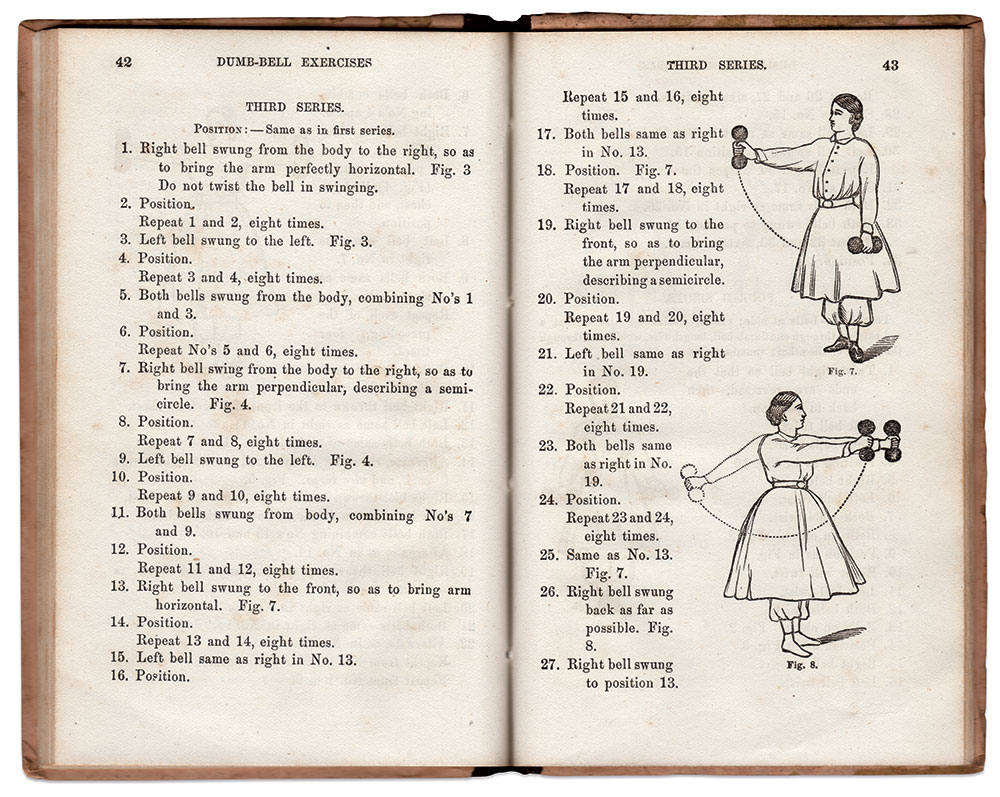
One of the country’s early advocates for women’s education, Catharine Esther Beecher, the daughter of prominent religious leader Lyman Beecher and half-sister of Uncle Tom’s Cabin author Harriet Beecher Stowe, introduced calisthenics for girls at her Western Female Institute in Cincinnati, Ohio. Her 1856 manual, Physiology and Calisthenics for Schools and Families, enabled families to perform these light exercises at home.
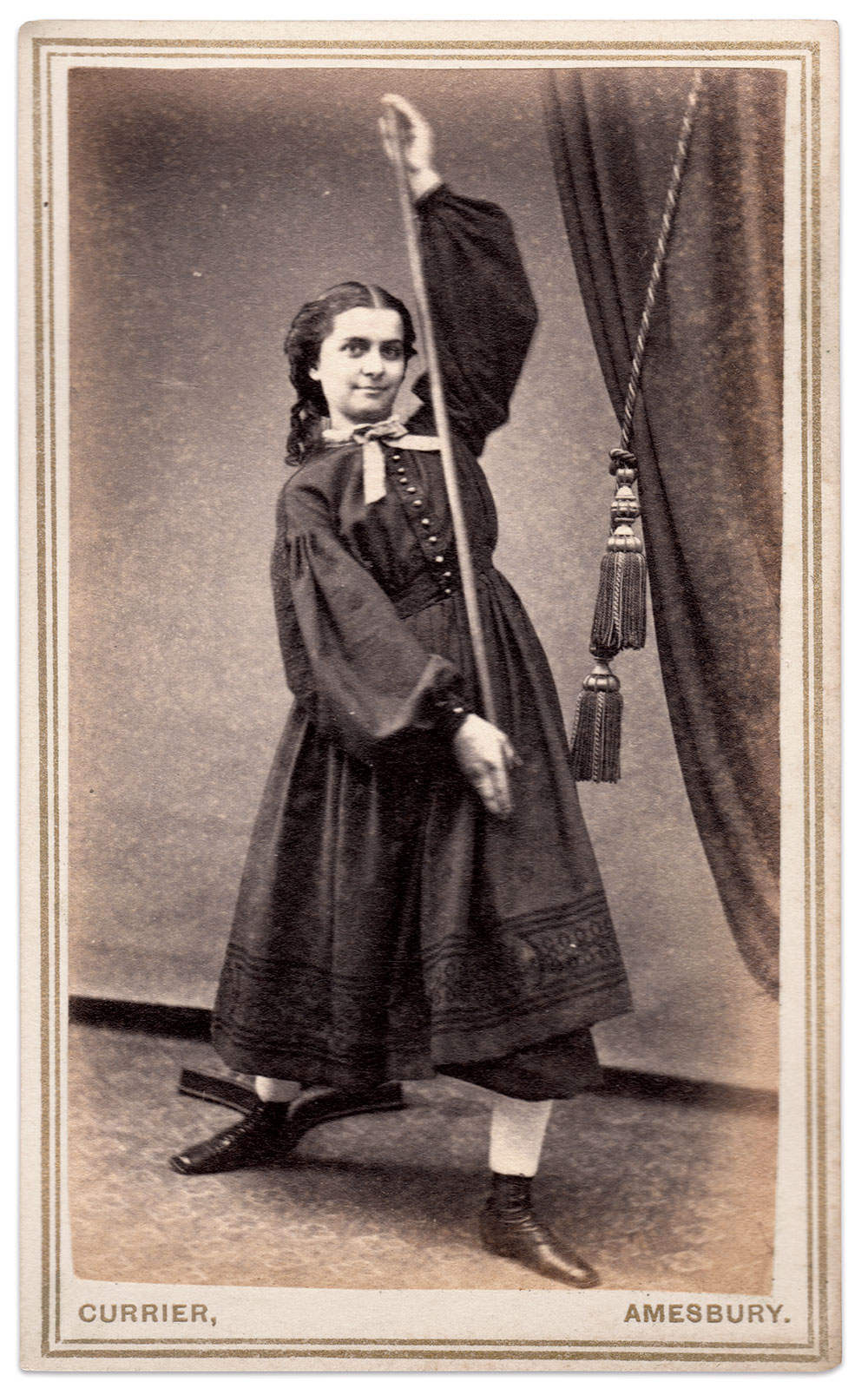
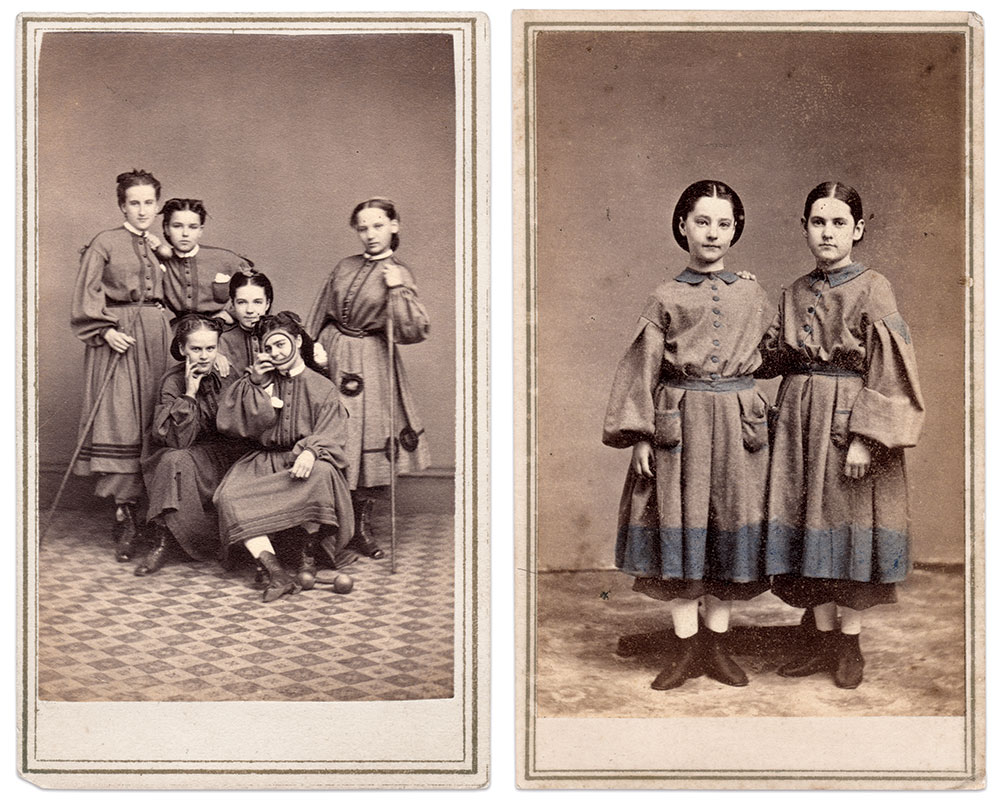
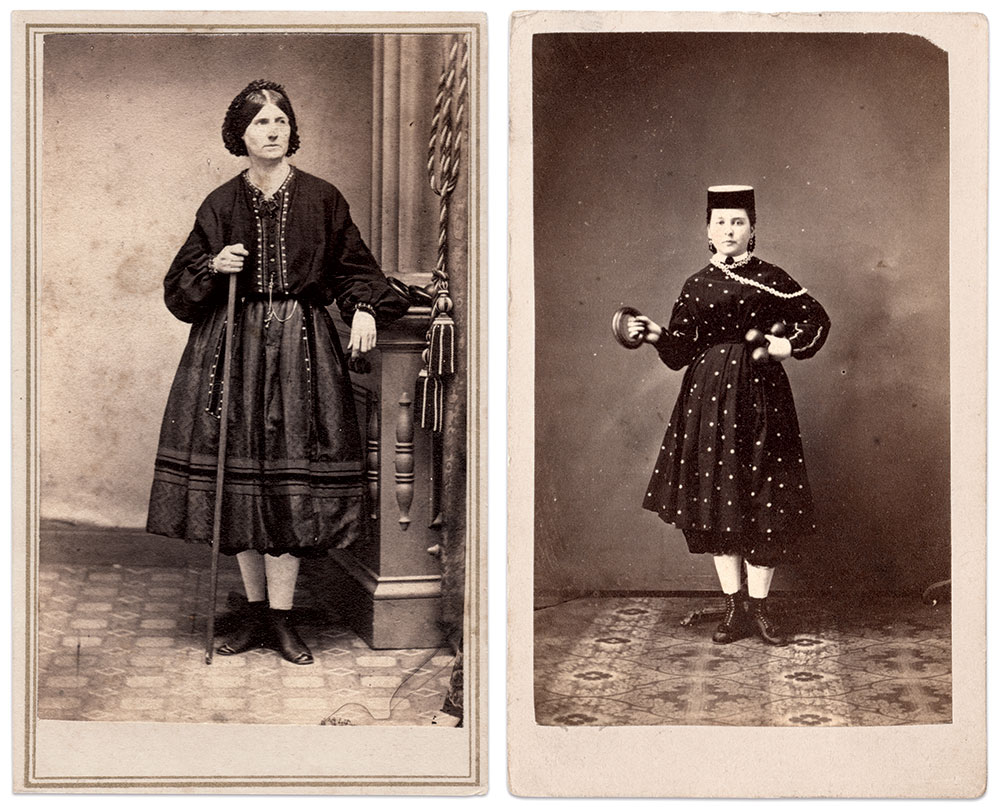
Before the mid-19th century, physical exercise had been considered unfeminine and could result in a more ungraceful, masculine physique. Those who began the physical education movement, like Beecher, advocated adequate exercise, proper diet and clothing, cleanliness, and fresh air for girls to prepare their bodies for the ordeals of motherhood. Exercises, she and others believed, created healthy and mentally vibrant mothers to raise the nation’s next generation.
SPREAD THE WORD: We encourage you to share this story on social media and elsewhere to educate and raise awareness. If you wish to use any image on this page for another purpose, please request permission.
LEARN MORE about Military Images, America’s only magazine dedicated to showcasing, interpreting and preserving Civil War portrait photography.
VISIT OUR STORE to subscribe, renew a subscription, and more.

